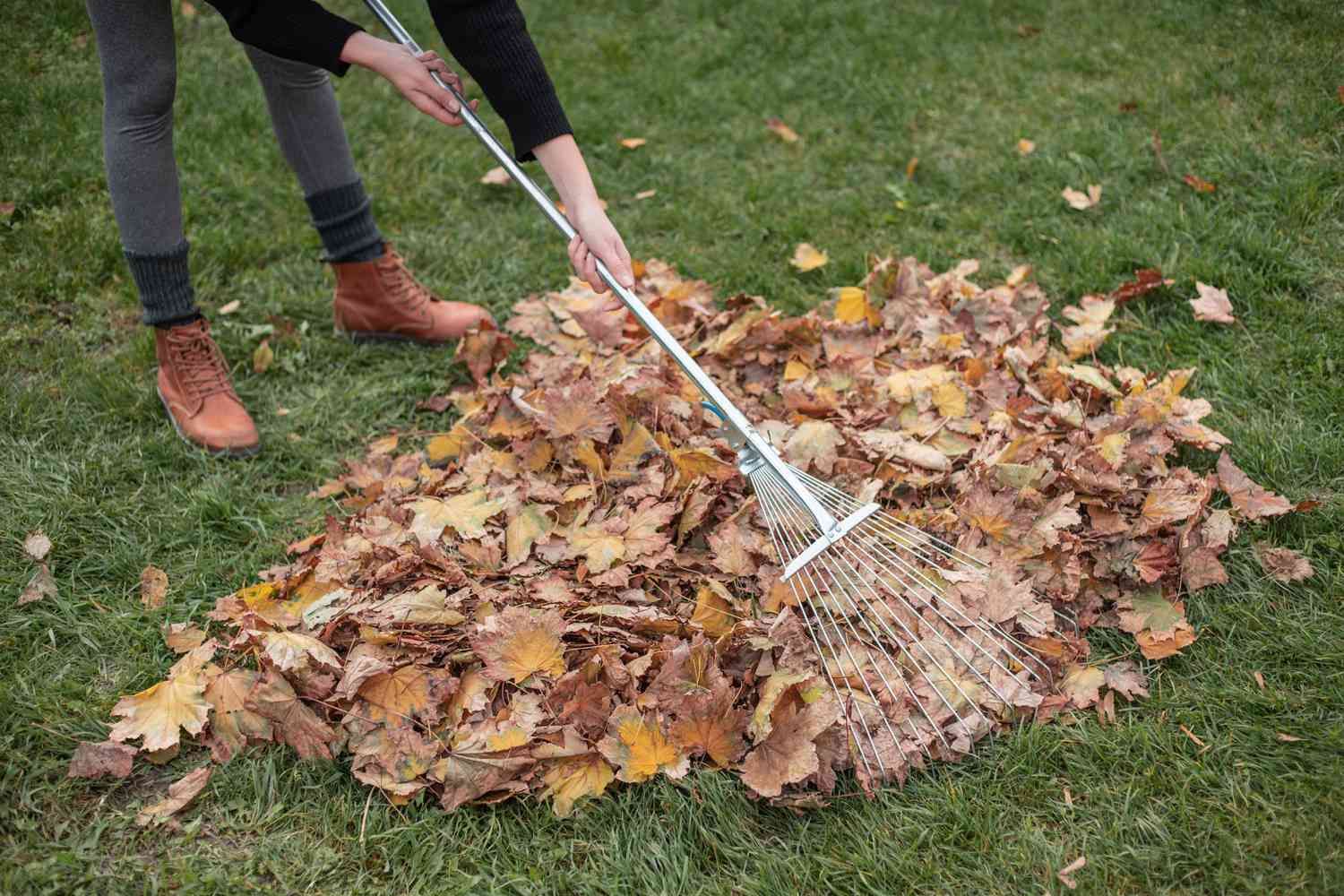Are Leaves Good for Grass? The Benefits and Drawbacks of Letting Them Stay

Leaf Litter Impact on Lawns
When autumn’s chill sets in, deciduous trees shed their leaves, covering the ground in a colorful carpet. While beautiful, these leaves raise a crucial question for lawn care: Are leaves good for grass? The answer involves a blend of aesthetic preference, environmental considerations, and lawn health. Understanding how leaves interact with your lawn’s ecosystem is key to making an informed decision.
The Benefits of Leaving Leaves on the Lawn
Natural Fertilization and Soil Health
One of the primary advantages of allowing leaves to decompose on your lawn is the natural fertilization process. Leaves are rich in essential minerals like nitrogen, phosphorus, and potassium, which are critical for healthy grass growth. As leaves decompose, they enrich the soil, improving its structure and promoting the proliferation of beneficial microorganisms that support robust lawn health.
Encouraging Biodiversity
A layer of leaf litter can create a mini-ecosystem on your lawn. Many small creatures, including beneficial insects, worms, and fungi, thrive in this environment. These organisms contribute to nutrient cycling and soil aeration, enhancing the lawn’s natural resilience and health. By fostering a biodiverse yard, you also support local wildlife, providing habitat and food resources for creatures like birds and beneficial insects.
Cost and Effort Efficiency
The physical effort and financial cost of leaf removal can be considerable. By opting to leave leaves where they fall, you save on the costs of bags, lawn waste removal services, and personal time spent raking and bagging. Moreover, this approach aligns with a more sustainable and environmentally friendly lawn care practice, reducing your carbon footprint associated with transporting and processing yard waste.
The Drawbacks of Letting Leaves Linger
Potential for Grass Damage
A thick, unmanaged layer of leaves can smother grass, depriving it of critical sunlight and air circulation. This lack of exposure can weaken grass, leading to discoloration and a reduction in vigor. Over time, this can make your lawn more susceptible to diseases and pests as well as less resilient to weather extremes.
Moisture Management Issues
Wet leaves can create a barrier on your lawn that traps moisture, potentially leading to fungal diseases like snow mold and root rot. This excess moisture can suffocate grass roots and create an anaerobic environment that stunts growth and accelerates decay.
Aesthetic and Property Value Concerns
For many homeowners, the visual appeal of a clean, well-maintained lawn is paramount. Leaves can detract from this appearance, giving a property a neglected look. If you’re considering selling your home, the first impression is crucial, and a leaf-covered lawn might suggest to potential buyers that other maintenance aspects are also neglected.
Best Practices for Leaf Management
Balancing the benefits and drawbacks requires a strategic approach to leaf management. Here are some effective practices:
Strategic Mulching
Using a mulching mower can chop leaves into fine pieces that decompose more quickly and filter down among the grass blades, where they can decompose without smothering the grass. This technique allows you to retain the nutritional benefits of the leaves while minimizing their potential harm.
Scheduled Raking
If the volume of leaves is excessive, regular raking might be necessary to prevent layers from compacting. Scheduled light raking allows you to manage the leaf cover without overburdening your lawn or your weekend.
Composting Leaves
Instead of leaving all leaves on the lawn or disposing of them, consider composting them. This practice not only recycles the nutrients back into your garden but also reduces the volume of leaves on your lawn, balancing health and aesthetics.
Lawn Aeration
Aerating your lawn can help mitigate the negative effects of a moderate leaf cover. Aeration involves perforating the soil with small holes to allow air, water, and nutrients to penetrate the grass roots. This helps the roots grow deeply and produce a stronger, more vigorous lawn.
Conclusion: Making the Best Choice for Your Lawn
Deciding whether to rake or leave leaves on your lawn depends on various factors, including the type of grass, the amount of leaf cover, and your personal preferences for lawn maintenance. At Two Brothers Lawn and Snow, LLC, we suggest a moderate and balanced approach—mulching leaves when practical, raking when necessary, and always considering the specific needs of your lawn.
For tailored lawn care services, including professional mulching, aeration, and seasonal maintenance, reach out to us at support@twobrotherslawnandsnow.com or call us at 406-369-4114. Serving Hamilton, Darby, Corvallis, Victor, and Stevensville, we are here to help you maintain a healthy, beautiful lawn throughout every season.
Frequently Asked Questions
Are leaves good for grass, and should I leave them on my lawn all year round?
Leaving leaves on your lawn during the fall can provide natural nutrients as they decompose, but it's important not to let them accumulate too thickly or remain all year round. In spring, it's best to remove any leftover leaves to prevent smothering the grass and to prepare your lawn for healthy growth.
How can leaving leaves on the lawn benefit the grass?
Leaves contain essential nutrients such as nitrogen, potassium, and phosphorus, which can enrich the soil as they decompose. This natural mulch also helps retain moisture in the soil, reducing the need for watering, and provides a habitat for beneficial insects that promote a healthy lawn ecosystem.
What are the risks if I decide leaves are good for grass and don't remove them?
While leaving some leaves can be beneficial, a heavy layer can block sunlight and air from reaching the grass, potentially leading to yellowing and weaker grass. Additionally, thick layers can trap moisture, encouraging fungal diseases like snow mold that can damage your lawn.
Are leaves good for grass in every type of lawn?
The benefits of leaving leaves on the lawn can vary depending on the type of grass and local climate conditions. Some grass types are more robust and can handle a light layer of leaves better than others. It's advisable to consult with a lawn care professional to understand the best approach for your specific lawn type and region.
What should I do if I'm unsure whether leaves are good for my grass?
If you're uncertain, it's a good idea to start by mulching the leaves with a lawn mower to break them down into smaller pieces, which can help them decompose more quickly without harming the grass. Alternatively, you can rake some of the leaves and leave a thin layer, observing how your lawn responds over time, and adjust your approach as needed. For personalized advice, consider reaching out to a local lawn care service.
